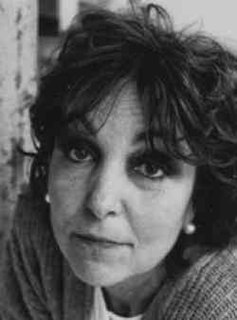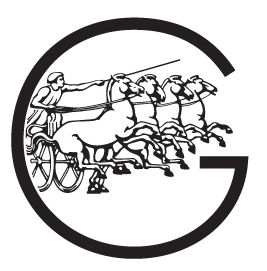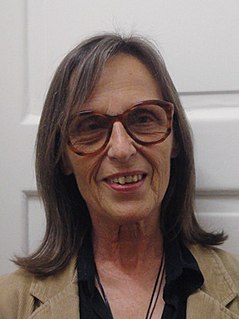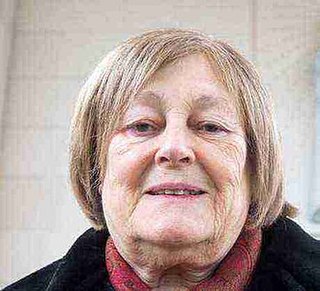
Dame Maria Paula Figueiroa Rego was a Portuguese visual artist known particularly for her paintings and prints based on storybooks. Rego's style was deeply inspired by her Portuguese roots and evolved from abstract towards representational. She favoured pastels over oils for much of her career. Her work often reflects feminism, coloured by folk-themes from her native Portugal.

The Calouste Gulbenkian Museum houses one of the world's most important private art collections. It includes works from Ancient Egypt to the early 20th century, spanning the arts of the Islamic World, China and Japan, as well as the French decorative arts, Impressionist painting and the jewellery of René Lalique.
António Dacosta was a Portuguese painter, poet and art critic and a pioneer of the surrealist movement in Portugal.
Menez or Maria Inês Ribeiro da Fonseca, GOSE was a Portuguese painter. Her major body of work consists of paintings and drawings but she also produced ceramics, engravings, silk-screen prints and tapestries.

Gayane Khachaturian was a Georgian-Armenian painter and graphic artist.

Manuel Botelho is a Portuguese artist. He lives and works in Estoril, Portugal, and teaches at the Faculty of Fine Arts, University of Lisbon.
Sofia Areal is a Portuguese abstract painter, whose works adhere mostly to organic non-geometrical forms and a strong chromatic focus. Besides painting and drawing, Areal's work involves collage, textile design, and scenography.

The Gulbenkian Park also known as Gulbenkian Garden is located in Lisbon, Portugal. It was created in 1969 and is part of the cultural center where the headquarters of the Calouste Gulbenkian Foundation, Gulbenkian Museum and the José de Azeredo Perdigão Modern Art Centre are situated enriching the cultural importance of the garden.

Penelope Curtis is a British art historian and curator. Fom 2015 to 2020 she was the director of Lisbon's Museu Calouste Gulbenkian, and from 2010 to 2015 director of Tate Britain. She is the author of several monographs on sculpture and has written widely at the invitation of contemporary artists.
Ana Hatherly was a Portuguese academic, poet, visual artist, essayist, film maker, painter and writer. She was considered one of the pioneers of the experimental poetry and experimental literature movement in Portugal.

Sarah Affonso, the art name used by Sara Sancha Afonso, (1899–1983) was a Portuguese artist and illustrator who was brought up in the Minho Region in the north of the country. Adopting a modernist style, she painted scenes of rural life in her childhood province and portraits of peasant women. Although she exhibited in Paris in the late 1920s, her most important paintings date from the 1930s. She was largely forgotten until her work was presented in 2019 at Lisbon's Calouste Gulbenkian Museum.

Maria de Lourdes Bettencourt de Castro was a Portuguese artist from Funchal, Madeira. After specializing in abstract art, in the 1960s she created collages and silk screens, seeking to capture ephemeral reality. From the 1970s, together with her partner Manuel Zimbro, she developed shadow puppets for her Shadow Theatre, gaining acclaim throughout Europe and Brazil. In 1998, together with Francisco Tropa, she created an installation for Portugal's contribution to the São Paulo Art Biennial.

Ana Jotta is a Portuguese artist born in 1946 in Lisbon.
Ofélia Marques (1902–1952) was a Portuguese modernist painter, caricaturist and illustrator, best known in her lifetime for her illustrations of children's books.

Clara Menéres (1943–2018) was a Portuguese sculptor and teacher. She worked in stone, plastic, metal, neon and embroidery, among other materials. Her subjects ranged from feminist and erotic art in the 1960s and 1970s, to religious art in the later years of her life.

Graça MoraisGOIH is a Portuguese artist. A member of the Academia Nacional de Belas-Artes of Portugal, she was made a Grand Officer of the Order of Prince Henry in 1997. She is married to the musician Pedro Caldeira Cabral.
Rosa Carvalho is a Portuguese artist.

Ângela Ferreira is a Portuguese and South African installation artist, video artist, photographer and sculptor. She spends time in both countries.
Gabriela Albergaria is a Portuguese artist who has lived in New York City since 2011. Her work draws on the concept of landscape to create an awareness of the relationship between people and their environment.
Susanne Themlitz is an installation artist who has Portuguese and German nationality. She has exhibited widely in Portugal, Germany and Spain.












